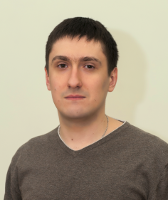Research at the department is carried out in close cooperation with leading enterprises in Kharkiv and other regions of Ukraine, as well as in collaboration with international researchers. The studies are conducted within the framework of research contracts, funded by grants, or as a result of the department’s participation in international cooperation programs between NTU “KhPI” and foreign universities.
Here are the main areas of scientific research:
- Development of information and control systems for critical infrastructure
- Modeling and simulation in cyber-physical and mechatronic systems
- Digital signal processing and neural network analysis
- Monitoring systems using distributed wireless sensor networks
- Development of specialized software and hardware for intelligent automation
List of major projects and research programs involving our faculty researchers (including ongoing and completed projects)

Description
The project focuses on developing and improving methods for modernizing power supply systems for high-capacity radio engineering research complexes using Smart Grid technologies. It aims to enhance energy efficiency and reduce the negative impact on power quality by integrating renewable energy sources and energy storage systems. Based on research conducted at the Institute of Ionosphere, the project proposes a synthesized control system and evaluates optimal storage capacity to support pulsed radio equipment. The modernization approach aligns with global trends in sustainable energy for research infrastructure.
The scientific research is part of the R&D Project M6417.
Main Achievements and Results
- The stages of designing and modernizing a power supply system for scientific facilities have been studied and proposed. This includes analyzing the system structure and energy consumption schedule, implementing energy-saving devices, and integrating alternative energy sources.
- The use of solar power plants, as well as wind and hydroelectric stations, has been investigated to enhance the resilience of the power supply system.
Project Team
Novelty and Benefits
The main stages of expansion and modernization of power supply systems for energy-efficient research complexes have been studied and systematized, providing a structured approach to improving energy management.
Publications Related to the Research Topic
- S. Kozlov, A. Gapon, O. Yevseienko and D. Levon, “Synthesis of Smart Grid Power Supply System of Radio Engineering Complex of Ionosphere Institute,” 2023 IEEE 4th KhPI Week on Advanced Technology (KhPIWeek), Kharkiv, Ukraine, 2023, pp. 1-6, doi: 10.1109/KhPIWeek61412.2023.10312913
Implementation
The research results have been successfully integrated into the educational process, notably within the lecture course “Analog and Digital Micro- and Nanoelectronics,” enhancing the curriculum and practical understanding of energy-efficient system design.

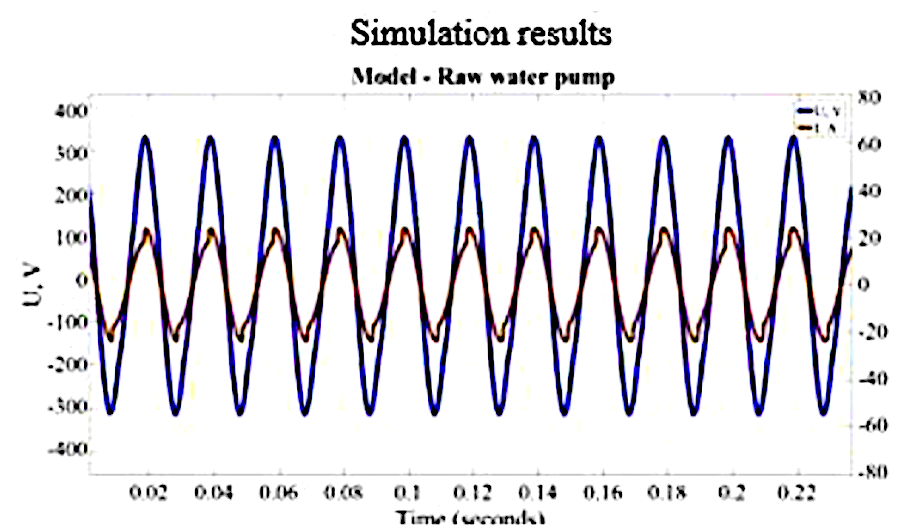
Description
Developed simulation models and control methods for improving energy efficiency in large power-intensive facilities such as research institutes and shopping centers. The models reflect real operational modes, include reactive power analysis, and integrate Smart Grid and solar technologies. Validation is based on experimental data. The systems enable testing and optimization without affecting real infrastructure.
Main Achievements and Results
- The stages of designing and modernizing a power supply system for scientific facilities have been studied and proposed. This includes analyzing the system structure and energy consumption schedule, implementing energy-saving devices, and integrating alternative energy sources.
- The use of solar power plants, as well as wind and hydroelectric stations, has been investigated to enhance the resilience of the power supply system.
Project Team
Novelty and Benefits
- Unified modeling approach for both scientific and commercial power-intensive buildings.
- Implementation of Smart Grid technologies and renewable energy integration in commercial settings.
Publications Related to the Research Topic
- Mazhyrin A., Yevseienko O. Doslidzhennia mozhlyvostei programy simscale dla modeliuvannia system kondytsionuvannia prymishchen // Teoretychni ta praktychni doslidzhennia molodykh vchenykh = Theoretical and Practical Research of Young Scientists: Conference Proceedings, Nov. 2024. — [Electronic Resource]. — Available at: https://www.researchgate.net/publication/389210949
- Doiun Y., Yevseienko O. Doslidzhennia ta modeliuvannia teplovykh parametriv ofisnoho prymishchennia // Teoretychni ta praktychni doslidzhennia molodykh vchenykh = Theoretical and Practical Research of Young Scientists: Conference Proceedings, Nov. 2024. — [Electronic Resource]. — Available at: https://www.researchgate.net/publication/389210732
- O. Yevseienko and P. Kachanov, “Optimizing Energy Management in Shopping Centers with Smart Grid and Solar Power,” 2024 IEEE 5th KhPI Week on Advanced Technology (KhPIWeek), Kharkiv, Ukraine, 2024, pp. 1-6, doi: 10.1109/KhPIWeek61434.2024.10878102.
Outlook and perspectives
- Integration of AI for adaptive control, predictive analytics, and fault detection.
- Extension of models to other critical buildings (hospitals, data centers, etc.).
- Pilot implementation to validate efficiency and support sustainable development.
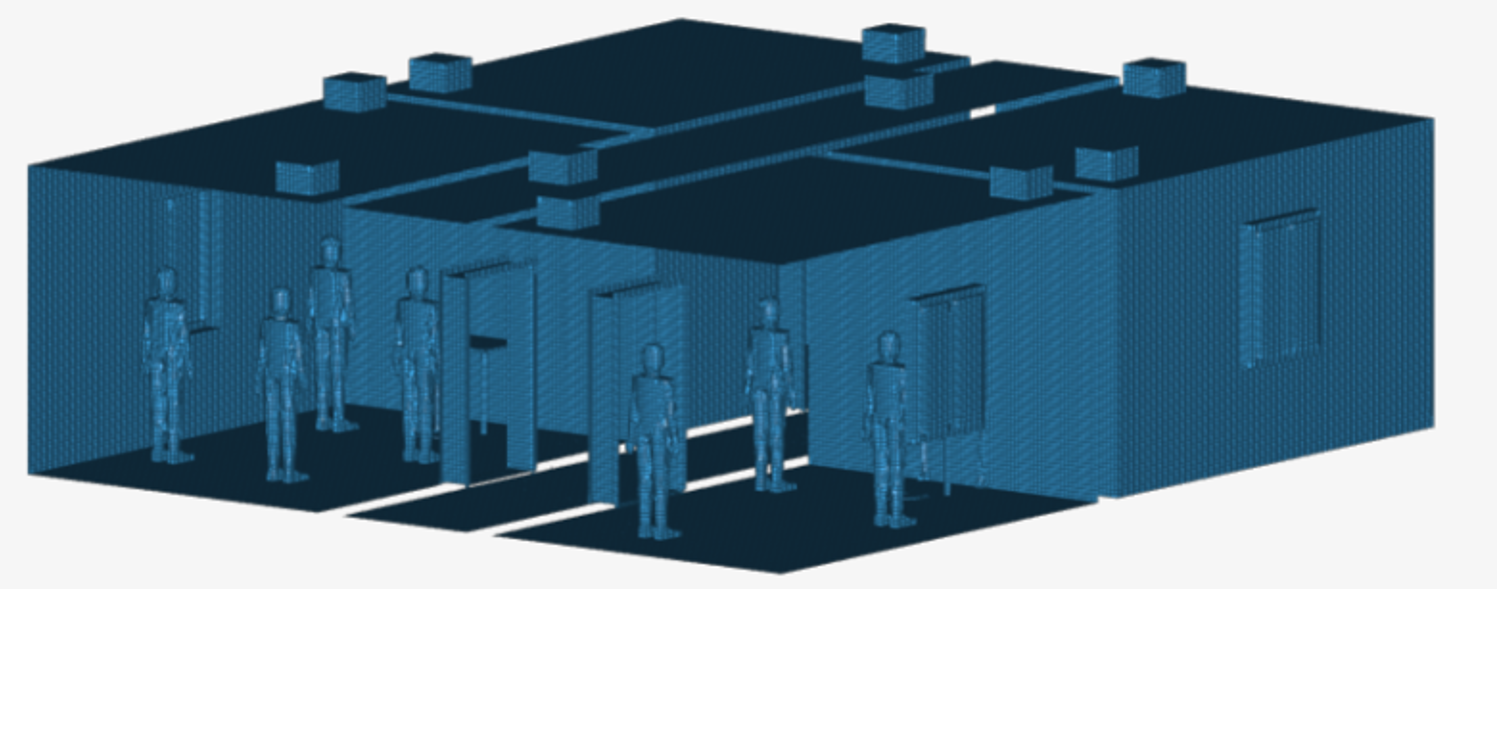

Description
A simulation-based control system was developed to manage indoor temperature using a predictive algorithm. The model reflects real building conditions, including heat sources, ventilation, and external temperature. A PWM-based predictive controller was applied to optimize thermal comfort while reducing energy usage.
Project Team
Novelty and Benefits
- Use of predictive control instead of traditional two-position or PID regulators improves stability and comfort.
- Integration of building simulation and control logic enables virtual testing before deployment.
Publications Related to the Research Topic
- Yevseienko O. Aparatno-prohramnyi symuliator dlia modeliuvannia temperaturno-volohisnykh protsesiv vseredyni prymishchennia // Tekhnichna inzheneriia. — 2024. — No. 2(94). — P. 61–68. — DOI: doi.org/10.26642/ten-2024-2(94)-61-68.
Outlook and perspectives
- Integration Integration with smart sensors for dynamic adjustment based on occupancy and external condition.
- Expansion to multi-zone and multi-building thermal control systems.
- Application in smart home and energy-efficient building automation platforms.
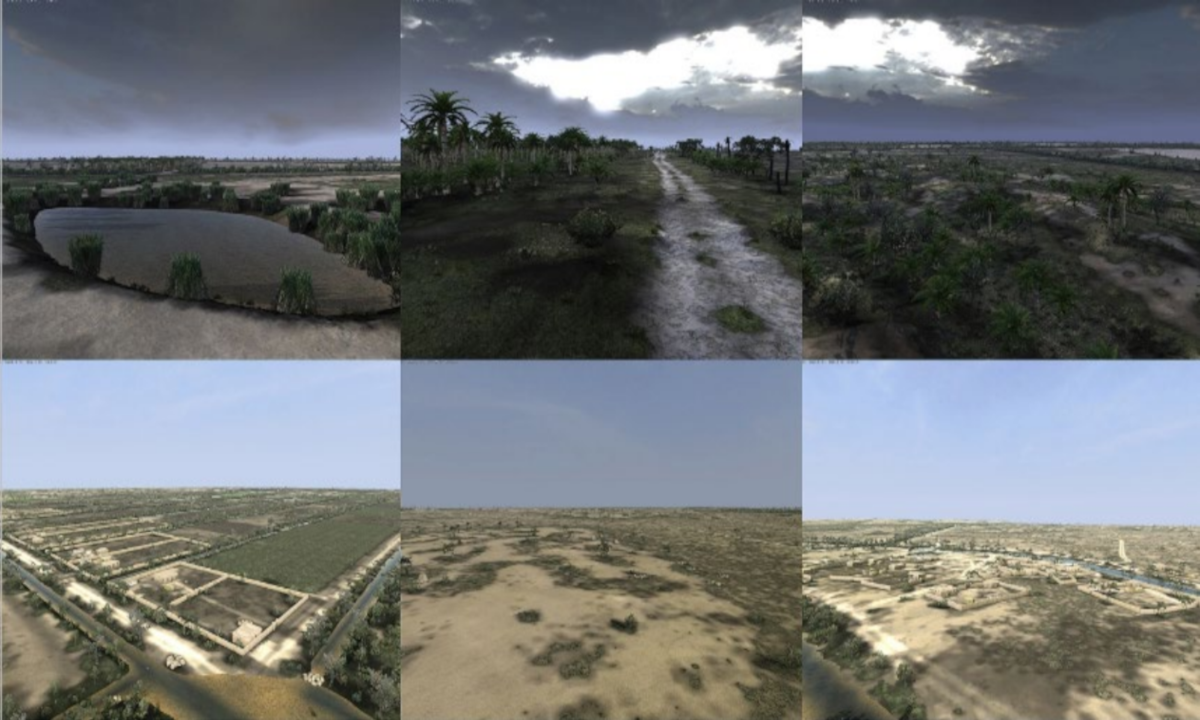

Description
Simulation of special-purpose vehicle behavior in diverse battlefield scenarios. GPU-powered visualization technologies for realistic 3D environment rendering. Operator training solutions for special-purpose vehicles utilizing motion platforms. Comprehensive training systems for crews and units operating specialized vehicles.
Main Achievements and Results
- The main aspects of the purpose and structure of training systems and complexes have been systematized. A typical architecture of a training complex is presented, with a focus on the landscape visualization system. Methods for landscape model storage and mesh synthesis have been studied, and a system for real-time terrain modification has been implemented.
- Methods for calculating lighting, including real-time illumination computation, are described. Techniques for image anti-aliasing, background shading approximation, and spatial perception have been detailed. A physical modeling system is considered, including the simulation of object motion in three-dimensional space and methods for determining the position and orientation of the observer using a dynamic platform. A hardware-software complex for simulating the behavior of a control object has been developed, including an overview of existing solutions for constructing test stands, a description of the controlled object, model development, and test stand equipment configuration.
Project Team
Novelty and Benefits
The scientific value lies in the ability to use the developed hardware-software complex for simulating the behavior of control objects in various fields, including the creation of automation object test stands and operator training using simulators.
Publications Related to the Research Topic
- Zuev A., Karaman D., Yevseienko O. Algorithm and Software Implementation of The Immediate Mode Interface for Visualization Systems. Bulletin of the National Technical University “KhPI”. Series: New solutions in modern technology. – Kharkiv: NTU “KhPI”, 2025, no. 2(24), pp. 58-65, doi: 10.20998/2413-4295.2025.02.08.
- Zuev A. A method for synthesizing a seamless textured sphere for visualization in geoinformation and cartographic systems (in Ukrainian) // Control, Navigation and Communication Systems: Collection of Scientific Papers. – 2023. – Vol. 4, No. 74. – P. 12–17. doi: 10.26906/SUNZ.2023.4.012
- Andrey Zuev, Dmytro Karaman, Natalia Yevsina. Procedural Generation of Vegetation Cover for Simulators of Special Purpose Vehicles. (in English) // 2023 IEEE 4th KhPI Week on Advanced Technology (KhPIWeek), Kharkiv, Ukraine. – 02-06 October 2023. – (Scopus) doi:10.1109/KhPIWeek61412.2023.10312930
- Zuev A., Ivashko A., Lunin D. Accelerated Algorithm for Ridge and Valley Detection // 2023 IEEE 4th KhPI Week on Advanced Technology (KhPIWeek), Kharkiv, Ukraine, 02–06 October 2023. – P. 550–553. – DOI: 10.1109/KhPIWeek61412.2023.10312827
- Zuev A. O., Yevseienko O. M. A method for creating a sound environment in simulation training systems for special-purpose equipment (in Ukrainian) // Systemy upravlinnia, navihatsii ta zvʼiazku. Zbirnyk naukovykh prats. = Control, Navigation and Communication Systems: Collection of Scientific Papers – Poltava: PNTU, 2023. – Vol. 2 (72). – P. 45–48. – doi:10.26906/SUNZ.2023.2.045.
- Yevseienko O. M. Problems of control object simulator synthesis. Conference: trends, theories and ways of improving science. Proceedings of the VIII International Scientific and Practical Conference Madrid, Spain. At: February 28 – March 03, 2023
- Zuev, A. O., Karaman, D. G., Yevseienko, O. M. Simulation and Visualization Systems of Training and Simulation Complexes: Monograph (in Ukrainian) / National Technical University “Kharkiv Polytechnic Institute”. – Kharkiv: Sekishova T. Y., 2023. – 223 p. ISBN: 978-617-8072-80-3 Available at: https://www.researchgate.net/publication/371101807
Implementation
The results of the work have been integrated into the educational process, in particular into the lecture courses «Computer Graphics», «Information Technologies and Programming», «Software Tools for Control Systems».
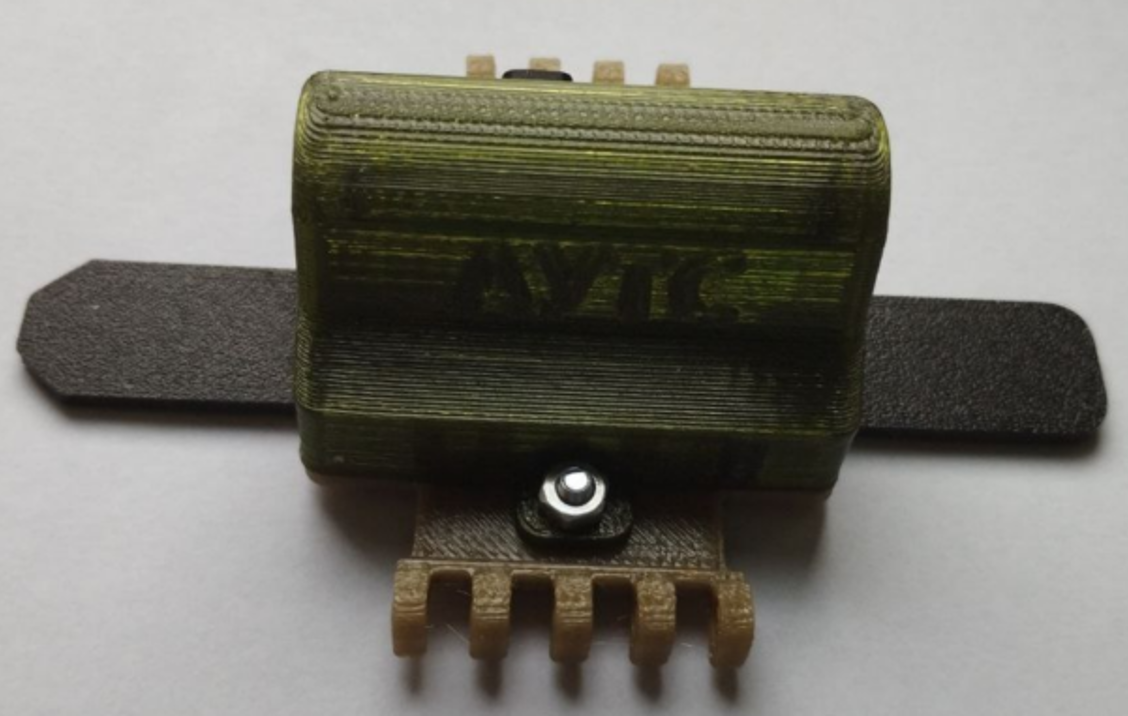
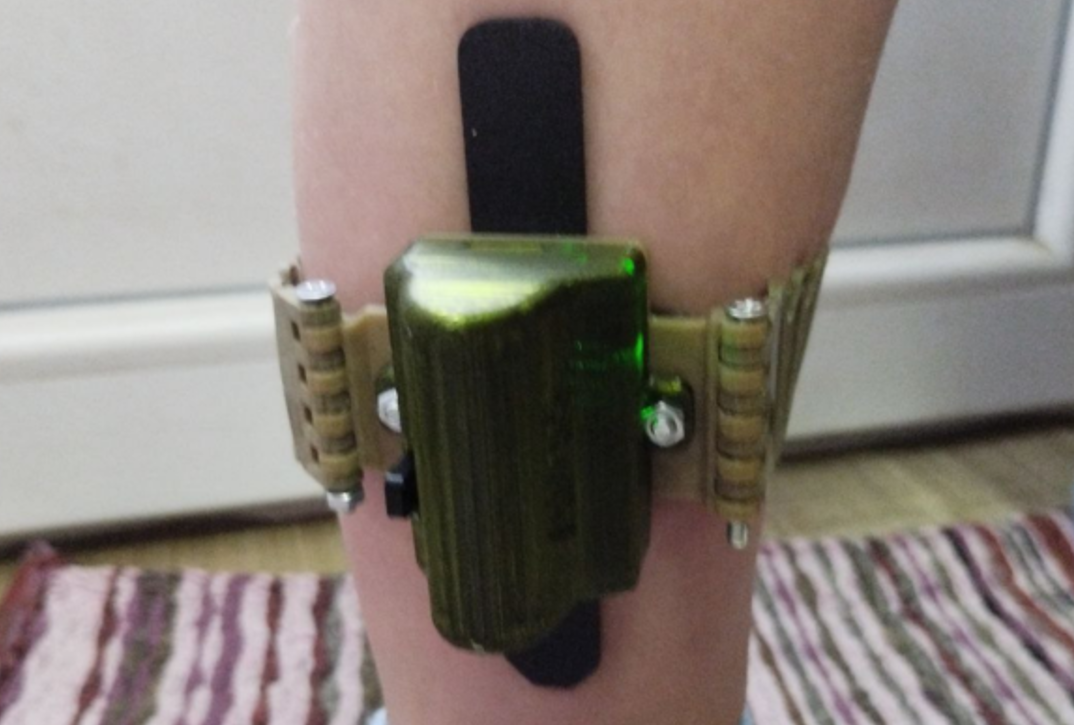
Description
A wireless distributed sensor system (MPU based) for vibration monitoring using IMUs has been designed. Also a simulation stand has been developed for testing the system. The software for the monitoring system and the control computer has also been developed and the received IMU signals have been studied. An algorithm of sensors synchronizing due data transmission has been developed.
Main Achievements and Results
- A distributed wireless vibration monitoring sensor system was designed and developed using accelerometers and microcontrollers. A simulation testbed was created for system testing. Acceleration data was collected and analyzed using the developed setup.
- Custom software was developed for both the monitoring system and the control computer. Research was conducted on the captured acceleration signals.
Project Team
Scientific significance, Novelty and Benefits
- Portable system with autonomous low cost wearable sensors completely based on COTS elements.
- Possibility of application for biomedical purposes, for example, for studying human biomechanics, or integration into smart prostheses, etc.
The developed sensor system can be used for monitoring the condition of structures and mechanisms, studying the penetration of high-speed objects into a human body simulator, and analyzing human movement for biomedical purposes.
Publications Related to the Research Topic
- Zuev, A., Karaman, D., & Olshevskiy, A. (2023). Wireless sensor synchronization method for monitoring short-term events. Advanced Information Systems, 7(4), 33–40. (Scopus) doi:10.20998/2522-9052.2023.4.04
- Kostyantyn Kolisnyk, Oleksiy Larin, Roman Tomashevskyi, Andrey Zuev, Viktoriia Kolisnyk, Petro Zamiatin. Research methodology of emergency surgical conditions with penetrating injuries using statistical methods. 2023 IEEE 4th KhPI Week on Advanced Technology (KhPIWeek). 02-06 October 2023. Electronic ISBN:979-8-3503-9553-2 (Scopus) doi:10.1109/KhPIWeek61412.2023.10312830
- Methodology and use of experimental techniques in analyzing wound dynamics of penetrating injuries. Roman Tomashevskyi, Oleksiy Larin, Kostyantyn Kolisnyk, Andrey Zuev, Kostyantyn Gumeniuk, Igor Lurin & Volodymyr Nehoduiko. ICNBME 2023: 6th International Conference on Nanotechnologies and Biomedical Engineering pp. 208–217. (Scopus) doi:10.1007/978-3-031-42782-4_23
Implementation
A project proposal was submitted to the NRFU competition “Science for the Security and Sustainable Development of Ukraine”. The results have been integrated into the educational process, particularly into the lecture course “Microprocessors and IoT”.
Outlook and perspectives
- Development of a smart prosthesis with bone integration based on the system.
- Possibility of integrating any sensors into the system for conducting research.
- The possibility of using a sensor system to monitor the process of penetration of high-speed elements into a human body simulator.
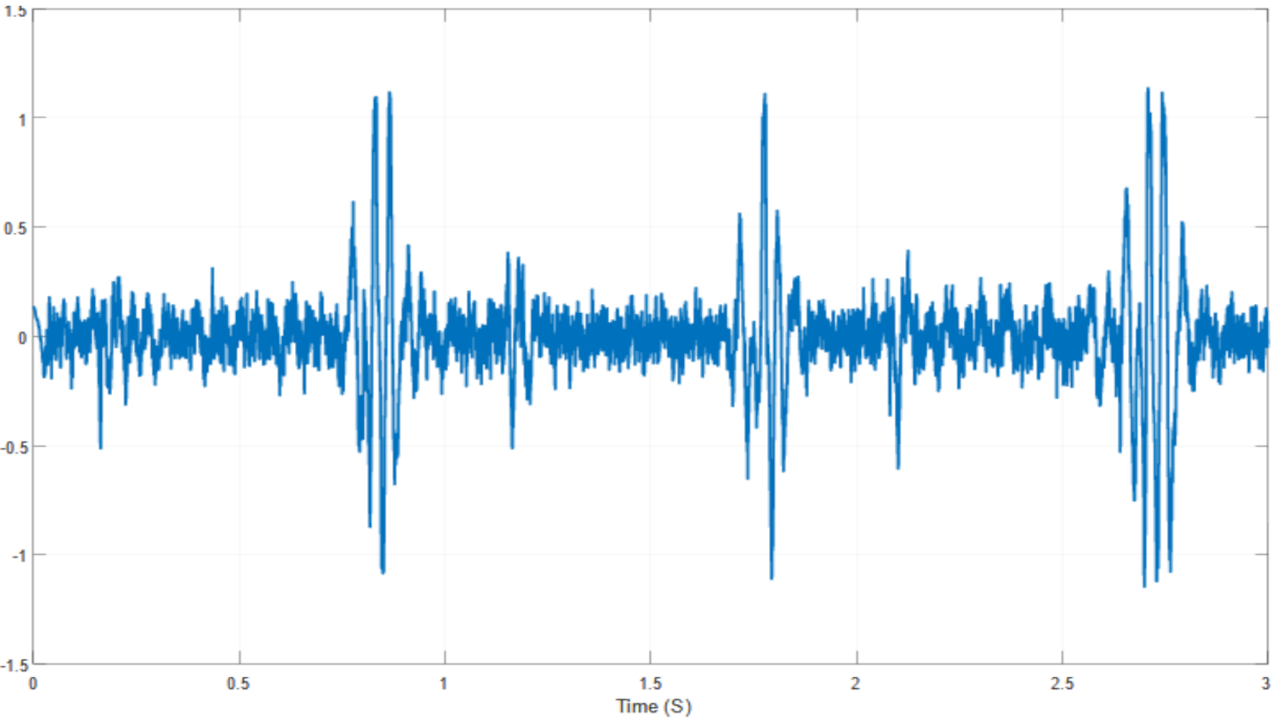
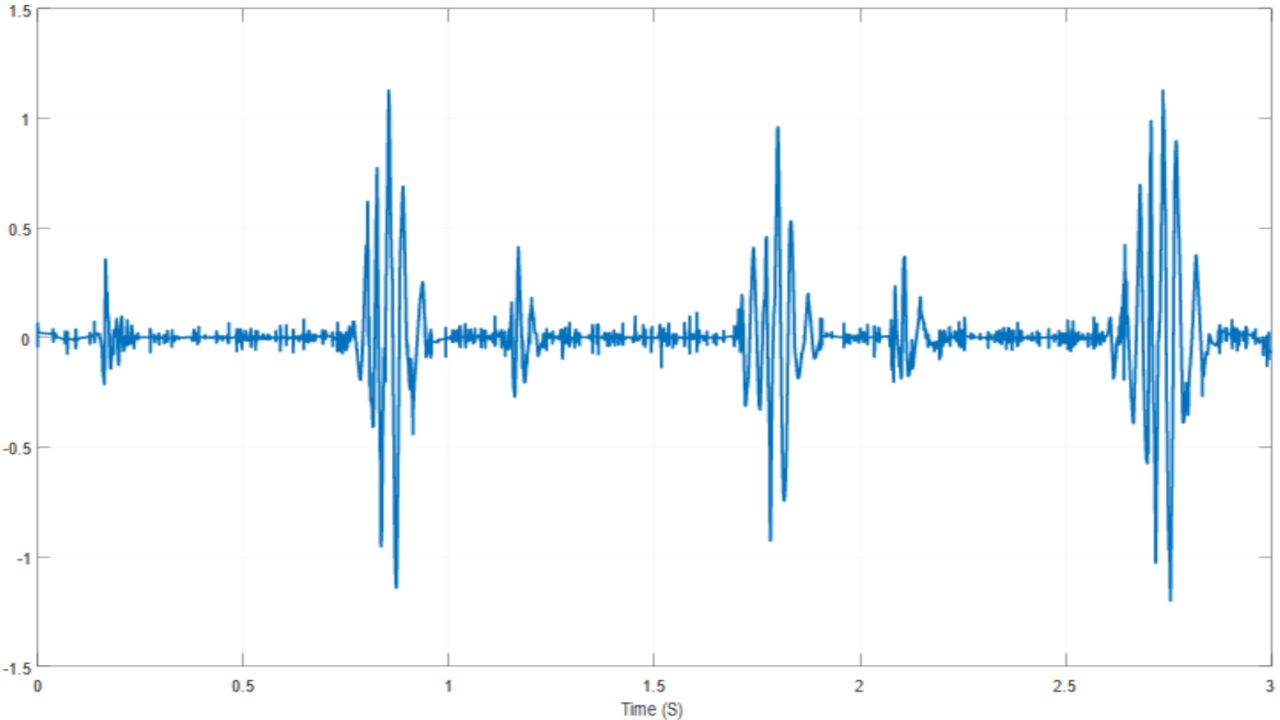
Description
Auscultation is a physical method of medical diagnosis, which consists in listening to the sounds produced during the functioning of internal organs. To listen to the noises produced by the lungs, devices as a stethoscope and phonendoscope will be used. At the same time, auscultation signals are often distorted by both internal and external noise. This problem is especially acute when conducting diagnostic research in field conditions, where external noise, in particular sounds produced by vehicles, is superimposed on the diagnostic signals.
Project Team
Novelty and benefits
Synthesis of digital filters based on discrete wavelet transformation, which allow effective filtering of both internal and external noise affecting auscultation signals.
Publications Related to the Research Topic
- Krylova V. A., Ivashko A. V., Petrenko O. O. Analysis of heart rate variability using artificial neural networks (in Ukrainian) // Control, Navigation and Communication Systems: Collection of Scientific Papers / ed. board: V. V. Kosenko [et al.] ; Poltava National Technical Yuri Kondratyuk University. – Kharkiv: PNTU, 2024. – Issue 1 (75). – P. 109–114. DOI: 10.26906/SUNZ.2024.1.109
- Ivashko A., Zuev A., Karaman D., Moškon M. (2024). FPGA-Based Implementation of a Gaussian Smoothing Filter with Powers-of-Two Coefficients (in English) // Advanced Information Systems, Vol. 8, No. 2, p. 39–47. 10.20998/2522-9052.2024.2.05
- Zuev A., Ivashko A., Krylova V. Digital filters for frequency bands selection of auscultation signals (in English) // 2022 IEEE 3rd KhPI Week on Advanced Technology (KhPIWeek). – October 2022. – P. 85–91. – DOI: 10.1109/KhPIWeek57572.2022.9916345
- Zuev A., Ivashko A., Lunin D. Estimation of software complexity of calculation of autoregression coefficients at digital spectral analysis (in English) // Innovative Technologies and Scientific Solutions for Industries. – 2022. – No. 1(19). – P. 85–91. doi:10.30837/ITSSI.2022.19.085
- Ivashko A. V., Krylova V. A. Software package for digital processing of auscultation signals (in Ukrainian) // Problems of Informatics and Modeling (PIM–2022): Proceedings of the 22nd International Scientific and Technical Conference, Kharkiv – Odesa, November 09–14, 2022 / scientific editor V. D. Dmytriienko; National Academy of Sciences of Ukraine [et al.]. – Kharkiv: Kontrast, 2022. – P. 44. Available at: https://repository.kpi.kharkov.ua/handle/KhPI-Press/59985
Outlook and perspectives
Development and implementation of digital filters for active suppression of internal and external noise of auscultation signals using FPGA.


Description
The nonlinear Fourier transform (NFT) based signal processing has attracted considerable attention as a promising tool for fibre nonlinearity mitigation in optical transmission. A hardware implementation of the fast direct NFT operation had been developed. It is used to map the optical signal onto its nonlinear Fourier spectrum, i.e. to demodulate the data. The main component of the algorithm is the matrix-multiplier unit, implemented on field-programmable gate arrays (FPGA) and used in our study for the estimation of required hardware resources.
Researchers
Novelty and benefits
- Comprehensive software reference model using Python programming language that can be used to test and debug the fixed-point algorithm.
- Basic meta-matrix multiplication blocks description using VHDL hardware description language ready to be implemented using Xilinx FPGA devices (Virtex 7).
Outlook and perspectives
- Involve parallelization, alternate the architecture and build the hardware performing the NFT operation, which should bring to the ability to process the optical signal with NFT methods on-line.
- Efforts toward reducing significant demand in DSP blocks on the used board.
- Consider ways of practical implementation for optical telecommunication equipment.
Publications Related to the Research Topic
- Anastasiia Vasylchenkova, Dmytro Salnikov, Dmytro Karaman, Oleg G. Vasylchenkov, Jaroslaw E. Prilepskiy, “Fixed-point realisation of fast nonlinear Fourier transform algorithm for FPGA implementation of optical data processing,” Proc. SPIE 11770, Nonlinear Optics and Applications XII, 1177016 (18 April 2021). p. 111-120; DOI: 10.1117/12.2588735











